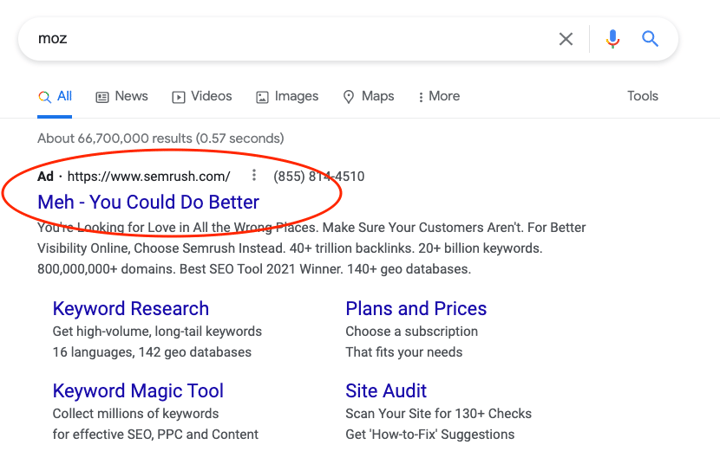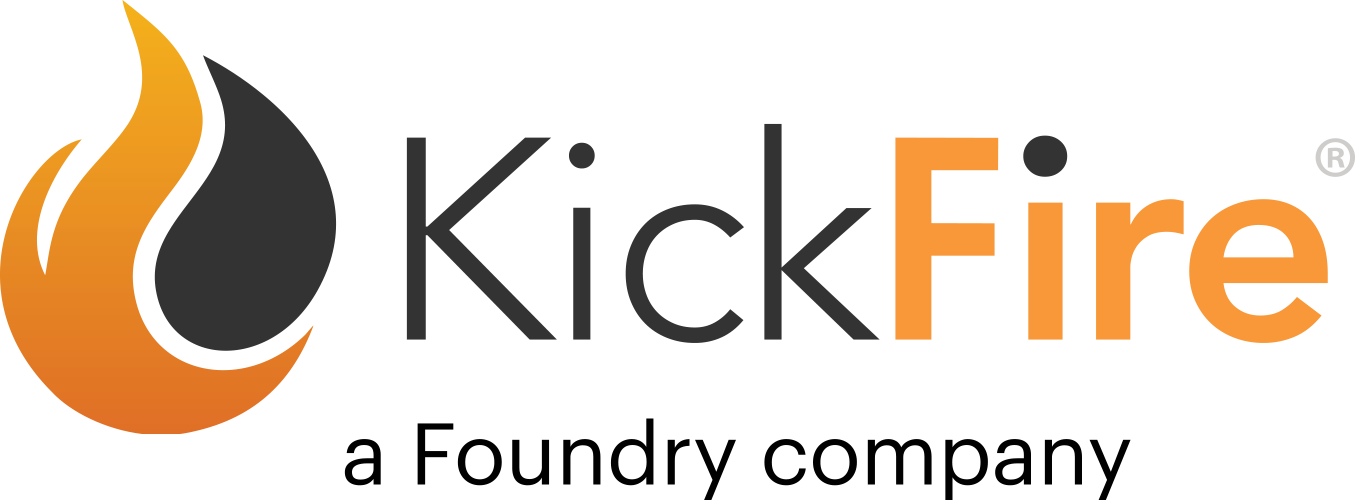Google Search Ads are a key part of any modern marketing strategy, and more specifically, remarketing ads which are one of the most effective ways to recapture high-value traffic that has left your site. In fact, it’s estimated that customers are 70% more likely to purchase a product when a company utilizes retargeting ads. However, if you’re like many marketers out there, your remarketing campaigns leave much to be desired. In this article, we’ll discuss the one aspect of your remarketing you can change today that will drive higher conversion rates and bring more leads to your sales team.
Remarketing Lists for Search Ads
Remarketing Lists for Search Ads (RLSAs) are similar to traditional remarketing in that they allow you to serve ads to users that have already visited your website, however, RLSA offers a much greater ability to target specific segments and win more high-value ad placements. The best part about RLSA is that because you can add intent-based elements to your campaigns, you are able to ONLY show ads to users that you know are in the market for products or services.
Ultimately, the goal of RLSA is not to spend less on your search ad campaigns, instead, the goal is to spend your money showing ads to users that are in the market to purchase and thus are much more likely to click on your ad and convert.
Here’s how a typical RLSA campaign works:
- A visitor comes to your site, browses, and leaves without converting.
- Later, that same visitor searches for certain keywords or phrases related to your products on Google.
- The user sees your ad, clicks, and returns to your website.
- The visitor converts into a paying customer.
Sounds pretty great, right? But before you go and jump into your first RLSA campaign, here are five key strategies to make the most out of your remarketing budget:
- Build your RLSA audience
Like any good marketing campaign, RLSA starts with a well-thought-out audience. This can be as specific as only showing ads to users that have visited one specific page on your website or as broad as users that have visited ANY page on your website -- the key is building a high-intent audience that still has enough users in it to be effective. Typically Google requires at least 1,000 users in an audience to run a campaign. So if your website or a specific page gets high traffic, no problem, if the specific page you’re thinking about only sees 300 visitors per month, think about expanding your audience requirements. - Set up dynamic ad bidding
Once you have your audience defined in Google Ads, the real beauty of RLSA starts to show. Using the bid adjustment feature in Google Ads, you can dynamically adjust your ad bids based on if the user is part of your remarketing list, if they are searching for high-intent keywords, or both. Here are some examples:
Increase bids for high-value users – High-value or high-intent users would be the segments of your audience that you have to win ad placements for. These could be users that have visited your website and done specific actions, visited a large number of pages, etc. You can set your maximum bid for these users and Google will bid as high as possible to win these placements.
Decrease bids for lower-value users – These could be users that have visited your website and bounced, or maybe only viewed a couple of pages but have not shown enough interest to be considered a high-intent user. It might be worth it to bid on a remarketing ad for these users, but you probably would not want to place your highest bid on them.
While dynamic bids are automated by Google, you can still set a maximum bid that will limit the amount you spend per ad to keep your campaign within your target budget.
- Set up an IP exclusion list
One note of caution about RLSA is that since you are spending more money per ad placement, you have to ensure that the users you are showing ads to are actually potential buyers. This means you probably do not want to show ads to people from your own company, your competitors, or maybe even current customers as these are likely all users that have already or never will purchase your products. Without an IP exclusion list in place, these out-of-market users will appear to be heavily interested in your products and would thus be high-value ad placements.
However, by integrating a technology like KickFire’s IP address intelligence™ on your website, you can easily find out which IP address belongs to every company that visits your site. You can then use this data to create an IP-based exclusion list and prevent the IP addresses of out-of-market companies from viewing your ads – meaning you will automatically not bid on those ad placements. - Bid on generic keywords, but only for high-value users
All too often, bidding on generic keywords can quickly blow through your digital ad budget without giving you much in return. However, the one exception to this is when the user searching has already shown significant buying intent on your website.
For example, if your company sells B2B prospecting software, the high cost-per-click on a search ad for “sales software” may make it tough to justify bidding on. However, if the user had previously visited your website, looked at your pricing page, read some case studies, and downloaded a product guide it’s relatively safe to assume the user is in the market for your specific software, and thus would be much more likely to click on your ad and convert.
- Strategically bid on competitor name keywords
While you wouldn’t want to bid on users from your competitor companies, you absolutely do want to strategically bid up on users searching for your competitors. Here’s why:
A user that is searching for your competitors is very likely to be in the market for your solutions. However, that doesn’t mean you should just blindly bid up on all of those users. The key here is to only bid on competitor name keywords if the user has already visited your website.
A visitor that has already visited your website and is now searching for your competition has likely defined their pain points and is now researching vendors that can solve the problem for their organization.
This is a big indicator that they are in the market for a solution and are nearing a decision stage of their buying cycle – meaning these are the ad placements you need to win. Once you have a competitor name bidding strategy in place you can start having some fun with it.
Here’s a good example from SEMRush customizing an ad against their competitor MOZ:

While it’s always a good bit of fun to take a jab at your competitors once in a while, this can also be a highly effective way to ensure that your prospective buyers return to your site and not your competition’s.
RLSA is a powerful and sadly underutilized retargeting strategy that can ensure you are showing the right ads to the right audience at the right time. If you’d like a step-by-step guide on how to set up an RLSA campaign in Google, check our webinar with the experts at iDimension.

